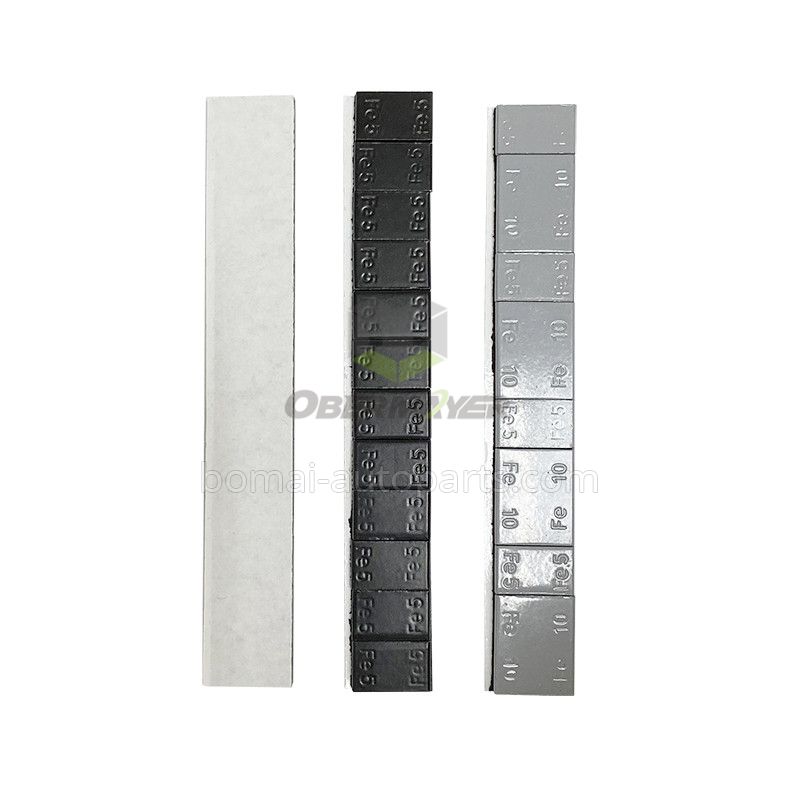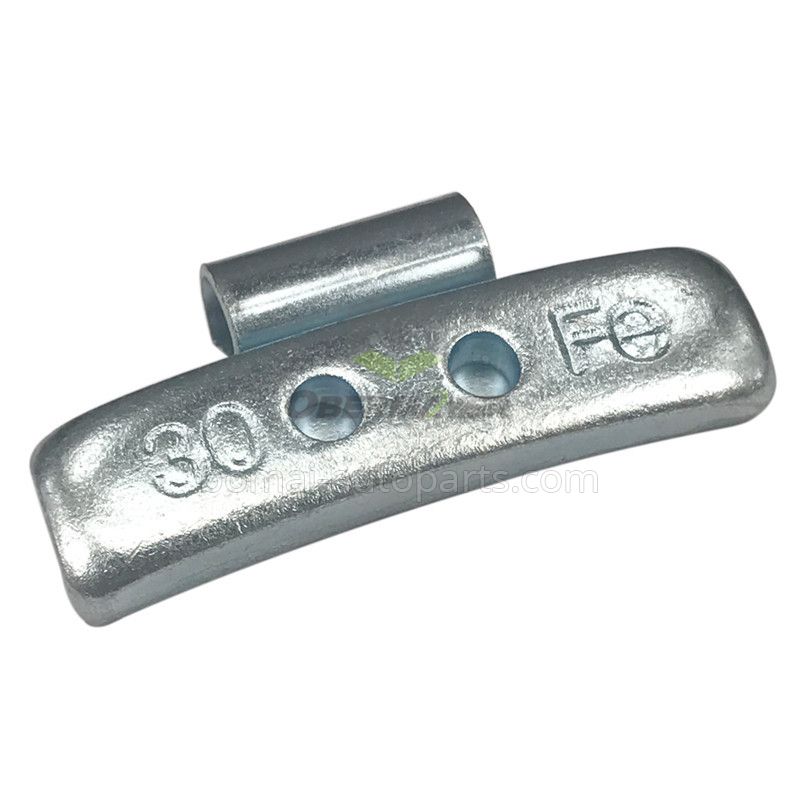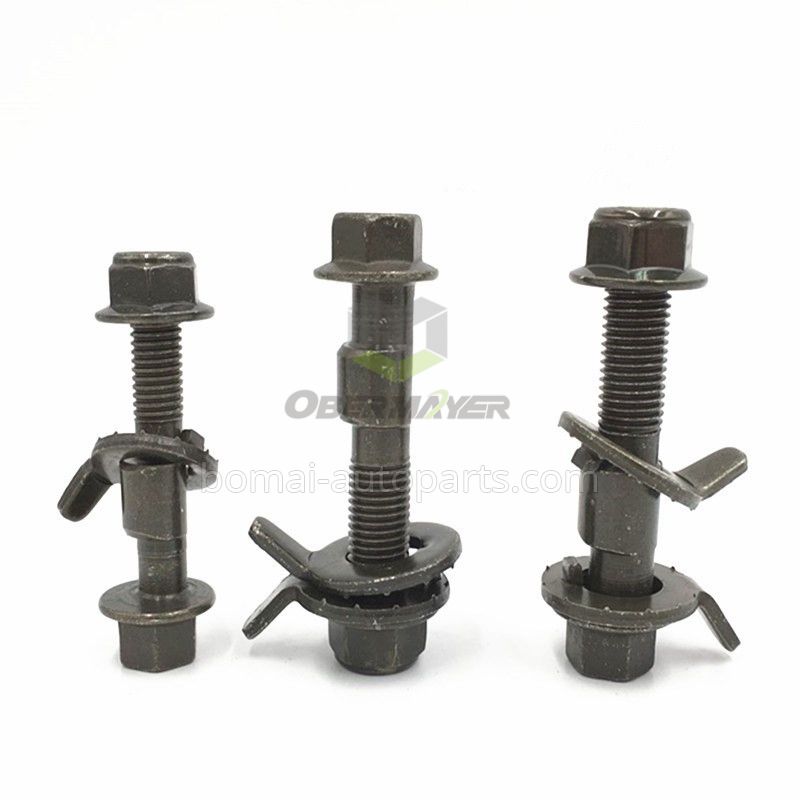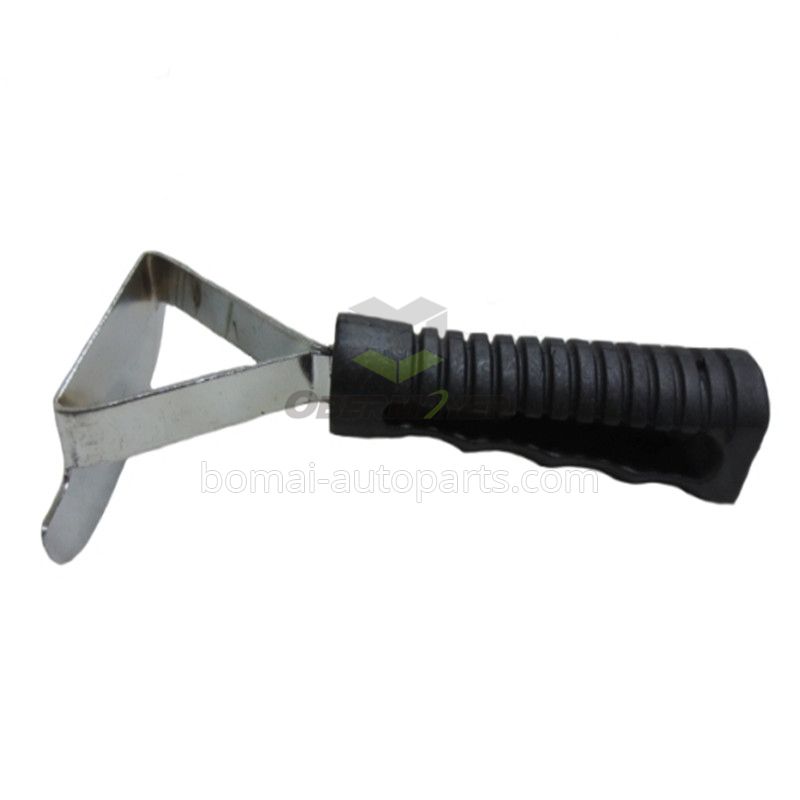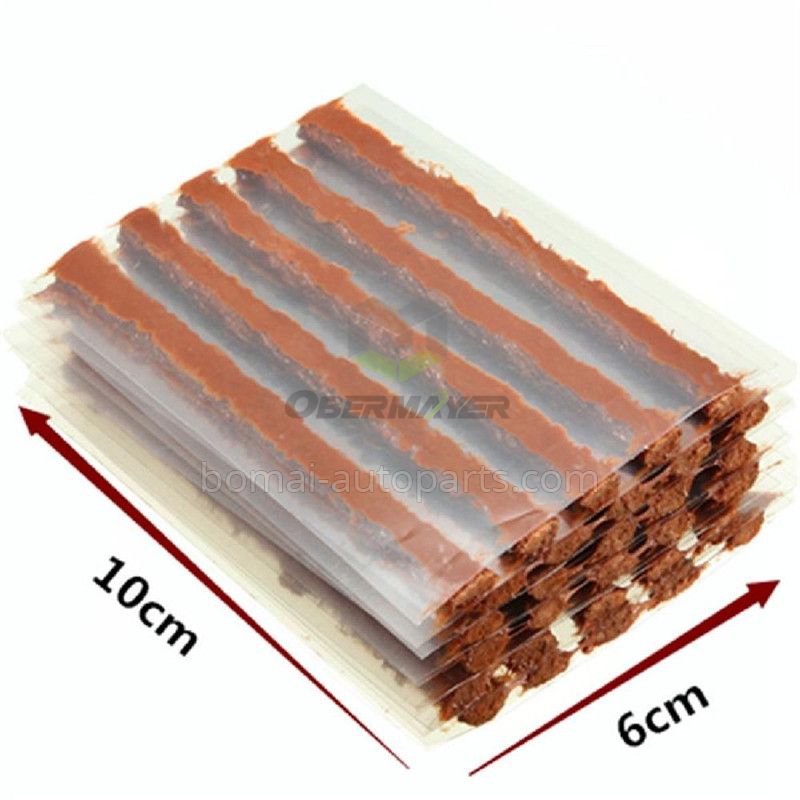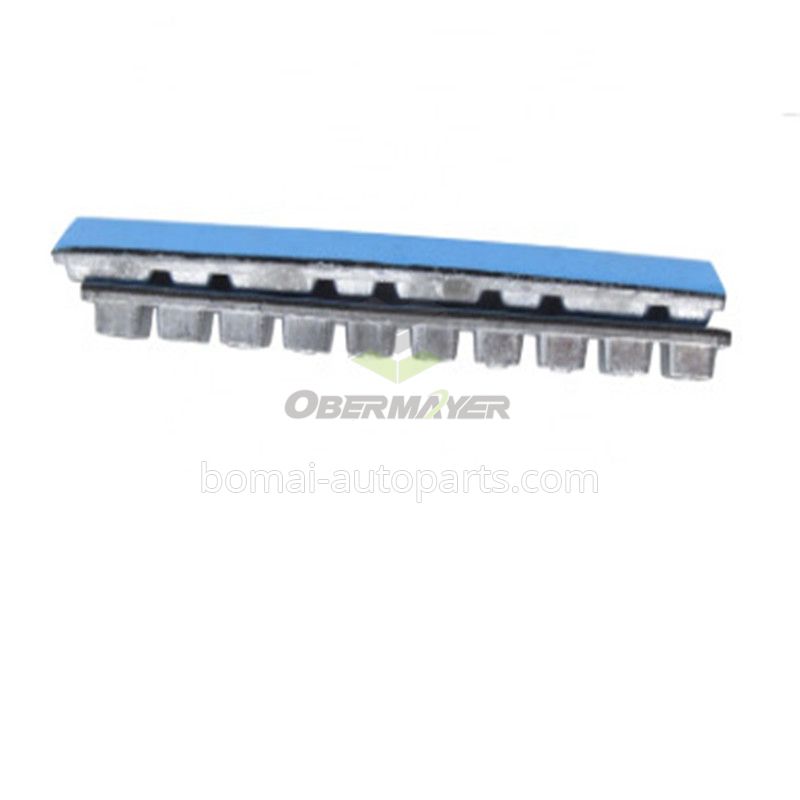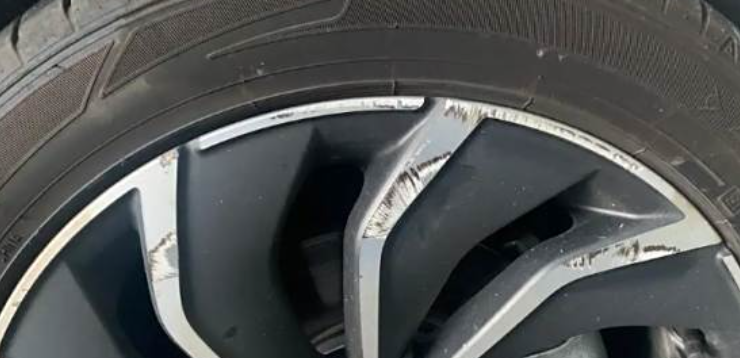General service life of tire repair strips
The typical lifespan of tire sealant strips is 3-5 months, though the specific lifespan is affected by factors such as the quality of the repair and the operating environment.
Service Life and Influencing Factors
General Use Period: Most professional data indicate that the standard lifespan of tire sealant strips is 3-5 months. In some cases, with excellent repair workmanship and minimal tire damage, this may be extended to 1-2 years, but regular inspections for leaks are necessary.
1
Key Influencing Factors:
Strip and Glue Quality: Poor-quality materials can significantly shorten the service life.
2
Driving Habits: Frequent rapid acceleration and braking increase stress on the tire strips.
2
Road Conditions: Prolonged bumpy roads can accelerate tire strip aging.
2
Usage Recommendations and Alternatives
Temporary Emergency Use: Tire sealant strips are essentially an emergency measure. They use an awl to force the strip into the wound to create a seal, which can cause secondary damage to the tire structure during this process.
3
4
Subsequent Treatment Recommendations:
If conditions permit, prioritize using a mushroom nail patch (internal and external dual repair) or a patch patch (internal reinforcement).
1
3
Avoid relying on tire strips for extended periods, especially when driving at high speeds.
5
Maintenance Precautions:
Check tire pressure monthly after repair.
If you notice tread strips falling off or leaks worsening, address them immediately.




